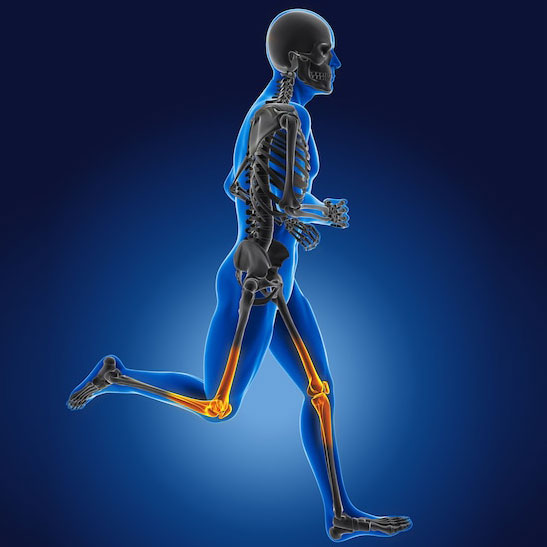Joint replacement surgery continues to improve and evolve with surgeries becoming less invasive, allowing for faster recovery times. All joint replacements are followed with physical therapy to regain normal range of motion and a return to activities that pain and dysfunction have prevented the patient from enjoying for months or even years.
Physical therapy sessions are usually focused solely on the replaced joint. The muscle imbalances that develop from compensation for long term pain do not get addressed. Marnitz Therapy, developed by Dr. Harry Marnitz in Germany, can be an effective adjunct to physical therapy/rehab by treating the whole body and addressing areas impacted by overuse of the unaffected limb and the decreased mobility and guarding caused by pain.
How does Marnitz Therapy work? In a nutshell, it is a neuromuscular manual therapy that creates a stretch stimulus in the muscle spindle sending information to the spinal cord and a reflex therapeutic response in the fascia. Dr. Marnitz observed that tissue damage, whether due to overuse or trauma, results in a latent reaction in the same nerve pathway (peripheral disturbance zone) in addition to the primary problem area. This happens through the segmental enervation (dermatome, myotome) or through the autonomic nervous system, which connects everything. For example, a herniated disk in the lumbar spine can cause dysfunction along the corresponding nerve pathway (pain in hip, buttock or leg) and reverberate further to cause issues in the cervical and thoracic spine. Dr. Marnitz believed that to achieve full relief of symptoms, all pathologies influencing the main area of concern must be treated. He refers here to the peripheral disturbance zones (corresponding or key zones) that when left untreated can create a dysfunction perpetuating effect.
The goal of this manual therapy is to create a healing stimulus by treating the peripheral disturbance zones or corresponding/key zones. The sum of the special “press/traction“ strokes in sequence promotes blood circulation in the problem segment; regulates the muscle tonus, which reduces pressure on blood and lymph vessels, joints, and nerves thus improving microcirculation; and reduces pain and unwinds long-held pain patterns. By treating the periphery, one can affect the root problem area reflexively through the corresponding zones. The treatment is holistic: the therapist works above and below the problem area bilaterally, either the upper extremity for musculoskeletal dysfunction in the upper body or the lower extremity for issues from the low back to the feet.
Here is what a client says: “the Marnitz therapy has been amazing. As I bring my hip back from hip replacement surgery, it has been really difficult to get the operated side to adjust to the change. For so many years I have favored one side, and the result is that getting the operated side to readjust to the new reality has been difficult. The Marnitz therapy sessions have done more to help me realign than the physical therapy (which was also really helpful). But just the few treatments have made an immense difference in how my leg works, and how it feels. I would strongly recommend that anyone going through joint replacement does this. It helps more than I can say.”
Marnitz Therapy can easily be combined with manual lymph drainage (MLD) to reduce post surgical swelling if present. Both can work synergistically with physical therapy to accelerate the healing and recovery process post knee/hip/shoulder replacement. For more information on Marnitz Therapy and its indications, click here.

